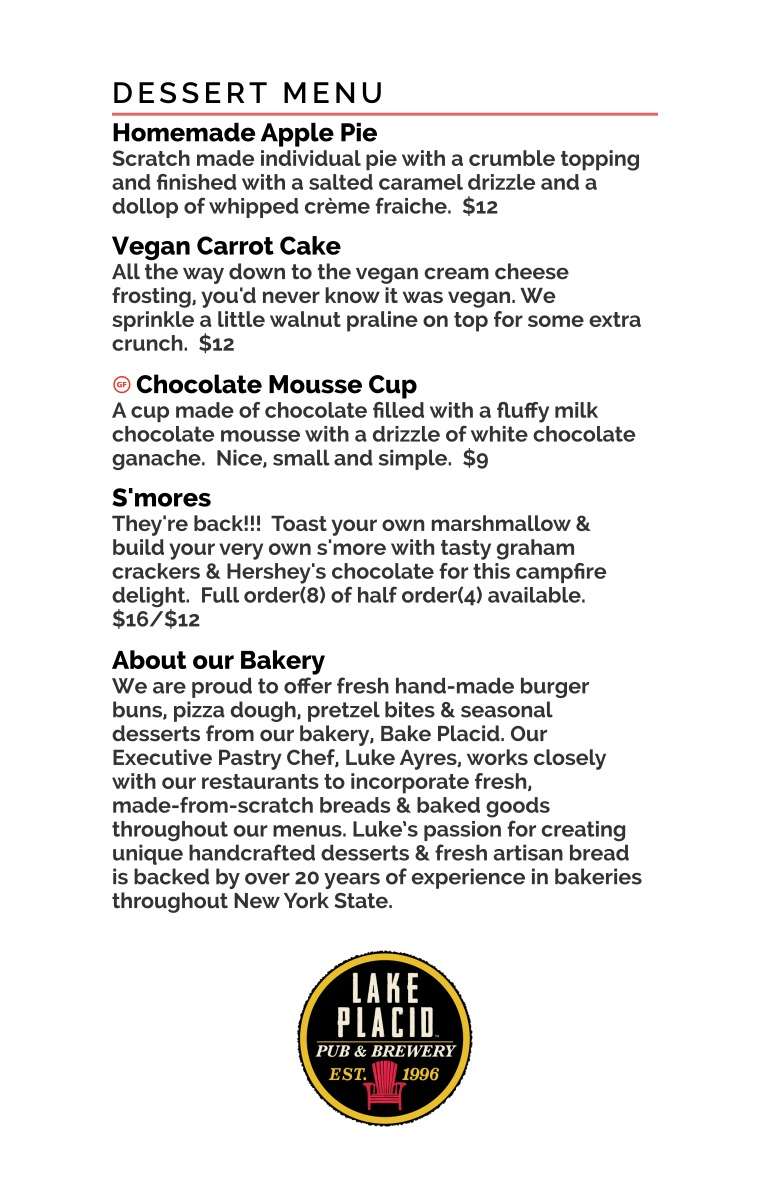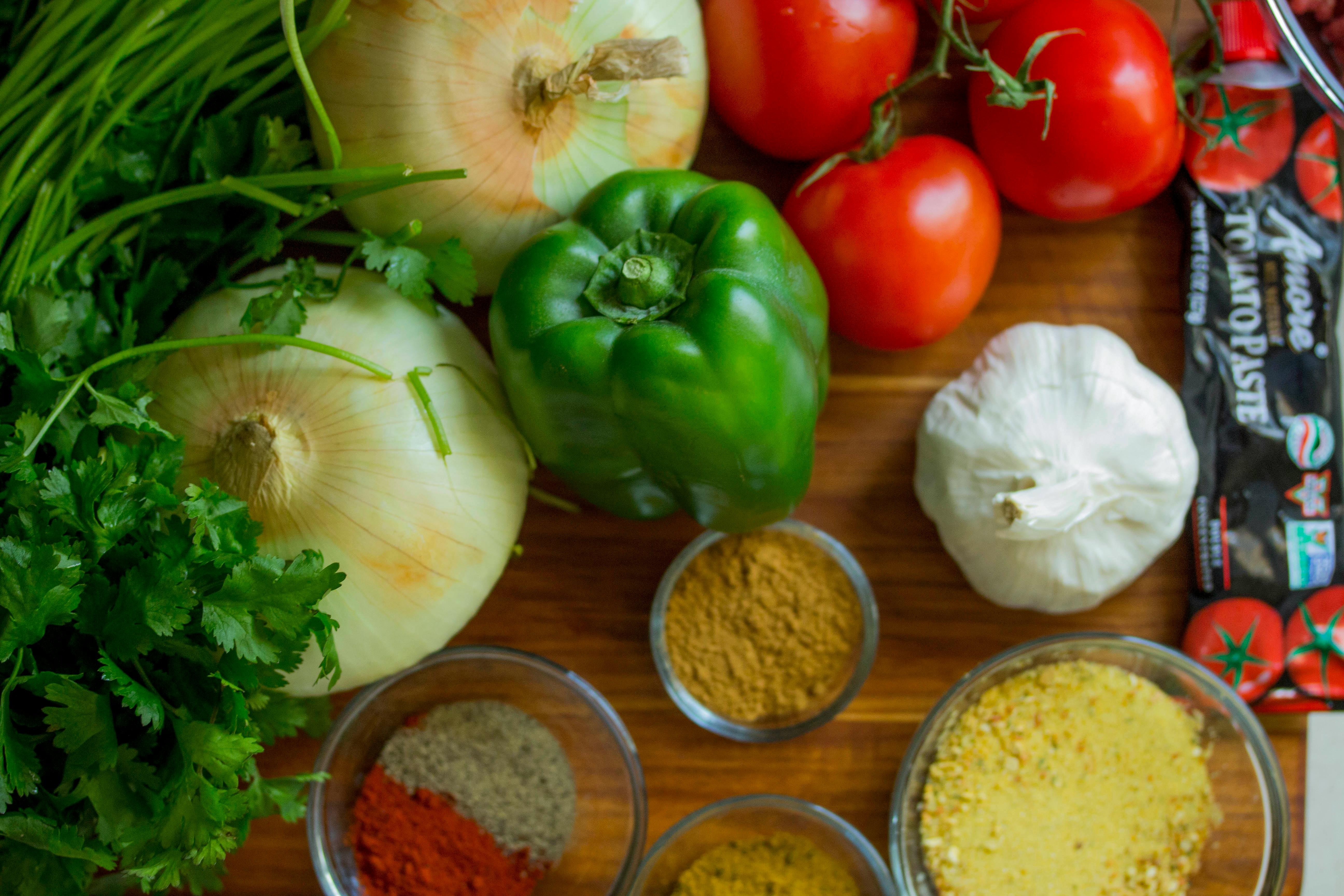
Effective Ways to Optimize Your Diet for Insulin Resistance in 2025 – Discover The Best Choices for Balanced Health!
Managing insulin resistance can be a daunting task, but a well-structured diet can make a significant difference in maintaining balanced health. Understanding the dynamics of an insulin resistance diet allows individuals to make informed food choices that promote metabolic efficiency and overall well-being. As we move into 2025, it's essential to explore effective dietary guidelines for insulin resistance that incorporate the latest research and insights into nutrition.
This article highlights the best foods to eat for insulin resistance and provides practical meal plans, emphasizing the importance of various nutrient sources—healthy fats, proteins, and fiber. From understanding carbohydrates and insulin resistance to the role of meal timing in managing insulin levels, readers will gain comprehensive knowledge for crafting their insulin resistance-friendly meal plans.
Additionally, we will explore the significance of hydration, regular meal intervals, and mindful eating practices, along with tips for avoiding processed foods and understanding food labels. With this roadmap to healthier eating habits, individuals can better manage their insulin sensitivity and improve their quality of life.

Understanding Dietary Guidelines for Insulin Resistance
Building on the fundamentals of dietary management, it’s critical to understand the specific guidelines that can help mitigate insulin resistance. These guidelines are designed to promote balanced blood sugar levels, which are pivotal for managing insulin resistance effectively.
Key Dietary Principles
The cornerstone of an insulin resistance diet lies in incorporating whole foods while avoiding refined carbohydrates and excessive sugar intake. Low glycemic index foods such as legumes, whole grains, and non-starchy vegetables are beneficial as they lead to more gradual glucose increases. These choices help maintain stable energy levels throughout the day.
Incorporating healthy fats, such as those found in fish, avocados, and nuts, can also enhance insulin sensitivity by reducing inflammation and optimizing cellular function. Regularly including lean protein sources such as chicken, turkey, and plant-based proteins reinforces muscle health and supports metabolic processes.
Importance of Carbohydrate Management
Understanding carbohydrates and their impact on insulin levels is vital. Monitoring carbohydrate intake through techniques like carbohydrate counting can empower individuals to make informed choices about portion sizes and meal frequency. This knowledge is crucial for creating effective insulin resistance meal plans that cater to individual needs.
Low Glycemic Index Foods
When selecting foods, prioritizing low glycemic index (GI) options helps prevent insulin spikes. These include sweet potatoes, most fruits, and whole oats. By focusing on low-GI foods, individuals can enjoy a diverse diet while keeping blood sugar levels under control and improving their metabolic health.
This naturally leads us to consider additional strategies for enhancing insulin sensitivity through dietary alterations.
Foods to Eat for Insulin Resistance
With a foundation laid in dietary guidelines, let’s explore the specific foods that can aid in managing insulin resistance effectively. Selecting the right foods can create a well-rounded meal plan tailored to individual preferences and health needs.
Anti-Inflammatory Foods
Incorporating anti-inflammatory foods into the diet is essential for managing insulin resistance. Foods rich in omega-3 fatty acids such as salmon, chia seeds, and walnuts can help reduce inflammation. Additionally, colorful fruits and vegetables such as berries and leafy greens provide antioxidants that combat oxidative stress, promoting better insulin sensitivity.
High-Fiber Choices
Introducing fiber-rich foods can also enhance insulin sensitivity. Foods such as lentils, beans, and barley serve as not just nutrients but also provide bulk to meals, aiding digestion and promoting satiety, assisting in portion control for insulin resistance.
Healthy Fats Sources
Incorporating healthy fats while ensuring a balance is crucial. Options such as olive oil, nuts, and avocados deliver vital nutrients without causing excessive insulin spikes. These fats should replace trans fats and overly processed fats found in many processed foods, which can adversely affect insulin sensitivity.

This brings us to consider not just food choices but meal timing, an often-overlooked aspect of managing insulin resistance.
Meal Timing and Portion Control
As we dive deeper into effective strategies, understanding meal timing for insulin resistance becomes vital. Regulatory aspects surrounding meal intervals can significantly influence insulin management and metabolic health.
Regular Meal Intervals
By establishing regular meal intervals, individuals can help stabilize their blood sugar levels. Eating at consistent times not only helps to balance insulin but also curtails cravings and supports metabolic health. Aim for three balanced meals complemented by healthy snacks to maintain energy without large fluctuations in blood sugar.
Portion Control for Insulin Resistance
Portion control plays a crucial role in managing insulin sensitivity. Utilizing small plates, measuring portions, and being aware of the hunger and fullness cues can contribute to effective portion management, helping prevent overeating.
Mindful Eating Practices
Adopting mindful eating practices fosters a deeper connection between individuals and their food choices. By slowing down during meals, focusing on the sensory experience, and eliminating distractions, it's easier to recognize satiety cues and avoid overeating.
Connected to the discussion of meal planning, let’s explore more practical methods to implement an insulin resistance-friendly meal strategy.
Creating an Insulin Resistance Meal Plan
Creating a structured insulin resistance meal plan may appear challenging, but it can be a straightforward process with the right knowledge and tools. A well-balanced meal plan can effectively support insulin management while being enjoyable.
Incorporating Variety in Meals
Strategically planning meals with a variety of food groups can prevent dietary monotony. Incorporate seasonal fruits and vegetables to maximize nutrient intake and support overall health. This not only enhances palate satisfaction but also ensures a broad range of vitamins and minerals.
Meal Prep for Insulin Resistance
Meal prepping is a powerful tool that simplifies healthy eating. By preparing meals in advance, individuals can reduce the likelihood of impulsive choices and maintain control over ingredients and portions. Set aside time weekly to batch cook and portion meals, making it easy to grab a nutritious option when time is scarce.
Healthy Snack Choices
Snacking wisely is another vital component of an insulin resistance diet. Opt for insulin resistance-friendly snacks such as Greek yogurt, vegetable sticks with hummus, or mixed nuts. These choices provide necessary nutrients without triggering insulin spikes.
This leads us to discuss the importance of consulting healthcare professionals to ensure meal plans meet individual health requirements.
Consulting Healthcare Professionals
In crafting a personalized approach to managing insulin resistance, involving healthcare professionals such as dietitians is invaluable. Their expertise can significantly enhance the effectiveness of dietary changes.
Role of Dietitians in Diet Management
Dietitians can assist individuals in developing tailored meal plans that include all necessary nutrients while considering personal preferences and metabolic needs. Consulting a dietitian ensures that dietary choices align with overall health goals, promoting lasting behavior change.
Importance of Monitoring Health Outcomes
Regularly monitoring health outcomes, including blood sugar levels and weight changes, helps ascertain the effectiveness of dietary adjustments. This data can inform further dietary decisions and the need for modifications to the meal plan.
Building a Support System
Family support plays a significant role in achieving successful dietary changes. Encouraging healthy eating habits within the household can foster a supportive environment conducive to long-term health benefits. Friends and community groups can further provide motivation and accountability.
Now, let’s address some common questions regarding managing insulin resistance through diet.
Frequently Asked Questions about Diet and Insulin Resistance
What are the best foods to reduce insulin resistance?
The best foods include whole, unprocessed foods such as leafy greens, whole grains, healthy fats like olive oil, lean proteins, and low-GI fruits. Acknowledging the role of anti-inflammatory foods can also be beneficial.
How does meal timing affect insulin levels?
Meal timing can significantly influence insulin levels by preventing spikes through regular intervals. Eating at consistent times and spacing meals appropriately keeps blood sugar stable.
Are there specific supplements that help with insulin resistance?
Yes, certain vitamins and minerals, such as magnesium and vitamin D, may support insulin sensitivity. However, it’s essential to consult a healthcare provider before starting any supplements.
What is the impact of stress on insulin resistance?
Stress can negatively impact insulin sensitivity due to the release of hormones like cortisol. It’s important to engage in stress management techniques to support overall metabolic health.
How can I create a balanced meal on a budget?
Focus on seasonal produce, bulk grains, and affordable protein sources, such as beans and eggs. Meal prepping can also help stretch food budgets while ensuring nutritious choices.
In conclusion, managing insulin resistance in 2025 requires a comprehensive understanding of dietary principles and structured meal plans. By integrating mindful eating practices, regular monitoring, and professional guidance, individuals can cultivate a supportive lifestyle that enhances insulin sensitivity and fosters balanced health.